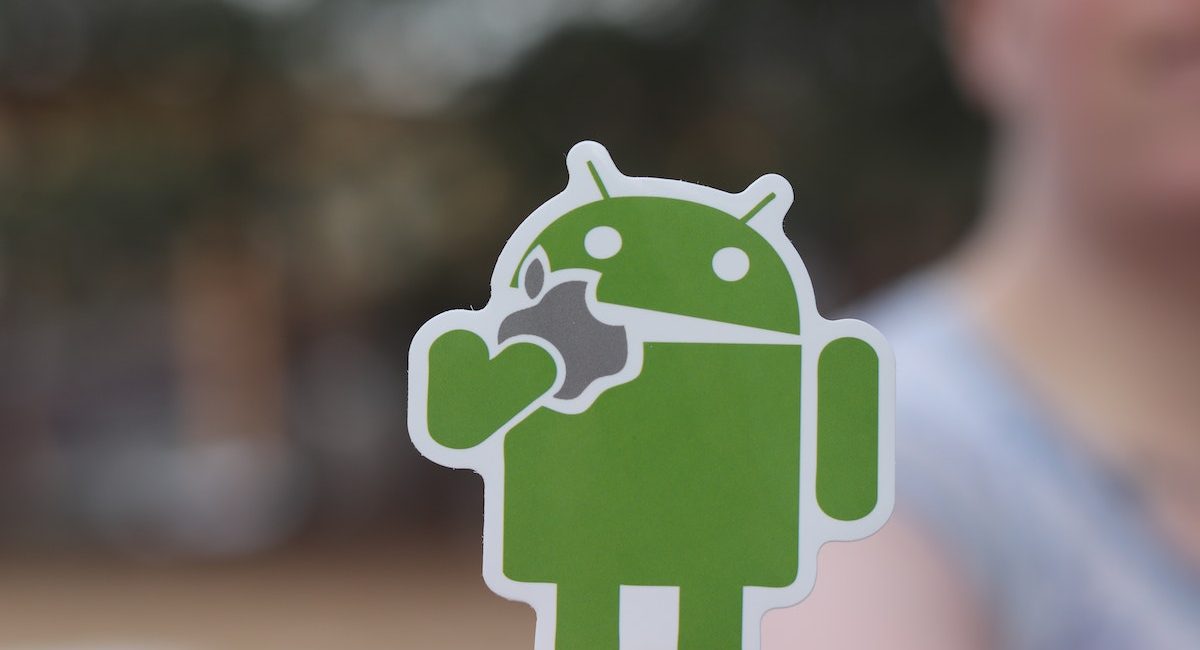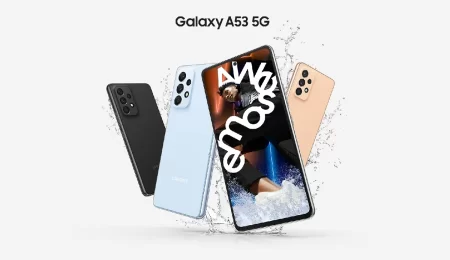Android first release & versions released since then
The first version of the Android software, Android 1.0, was released on September 23, 2008. Since then, there have been multiple versions released, with the current version being Android 12.
Here is the list of all Android versions and their codenames:
1.0 – “Apple Pie”
1.1 – “Banana Bread”
1.5 – “Cupcake”
1.6 – “Donut”
2.0 – “Eclair”
2.2 – “Froyo”
2.3 – “Gingerbread”
3.0 – “Honeycomb”
4.0 – “Ice Cream Sandwich”
4.1 – “Jelly Bean”
4.4 – “KitKat”
5.0 – “Lollipop”
6.0 – “Marshmallow”
7.0 – “Nougat”
8.0 – “Oreo”
9.0 – “Pie”
10.0 – “Android 10”
11.0 – “Android 11”
12.0 – “Android 12”
Note that starting from Android 10, Google dropped its dessert-themed naming scheme and started to name their version after their version number.
The average time between the release of new Android versions by Google varies, but typically new versions are released once a year. However, Google has not always been consistent with their release schedule, so some versions have been released closer together or further apart.
For example, Android 6.0 Marshmallow was released in October 2015, and Android 7.0 Nougat was released in August 2016, which is only a year apart. However, Android 8.0 Oreo was released in August 2017, and Android 9.0 Pie was released in August 2018, which is a year apart. And Android 11 was released in September 2020, Android 12 was released in September 2021.
It is not possible to list all features of Android as the operating system is constantly being updated and improved by Google. However, some of the most notable features of Android include:
- Google Play Store for downloading apps
- Multi-tasking and split-screen view
- Google Assistant voice control
- Google Maps for navigation and location services
- Notifications system
- Customizable home screens with widgets
- Google Chrome for browsing
- Ability to expand storage with microSD cards
- Access to Google services such as Gmail and Google Drive
- Mobile data and Wi-Fi connectivity
- Bluetooth connectivity for wireless devices
- Ability to take photos and record videos
- Automatic updates for security and performance enhancements
- Security features such as Google Play Protect and fingerprint recognition
- Ability to download and use alternative keyboards
- NFC (Near Field Communication) for mobile payments
- Ability to cast content to compatible devices
- Support for USB On-The-Go (OTG) and USB Type-C
- Access to Google Play Music and Google Play Books
- High-definition video playback and display
- Ability to connect to compatible smartwatches and fitness trackers
- Access to Google Fit for tracking fitness and health data
- Google Lens for visual search and information
- Built-in voice recording and dictation
- Google Photos for managing and backing up photos and videos
This is just a small selection of the features available in Android. The exact features may vary depending on the specific device and Android version you are using.
It’s worth noting that the release of a new version of Android doesn’t mean that all devices will immediately receive the update. The process of updating a device to the new version of Android can take several months, as manufacturers and carriers need to test and optimize the update for their specific devices before releasing it to customers.



Leave a Comment